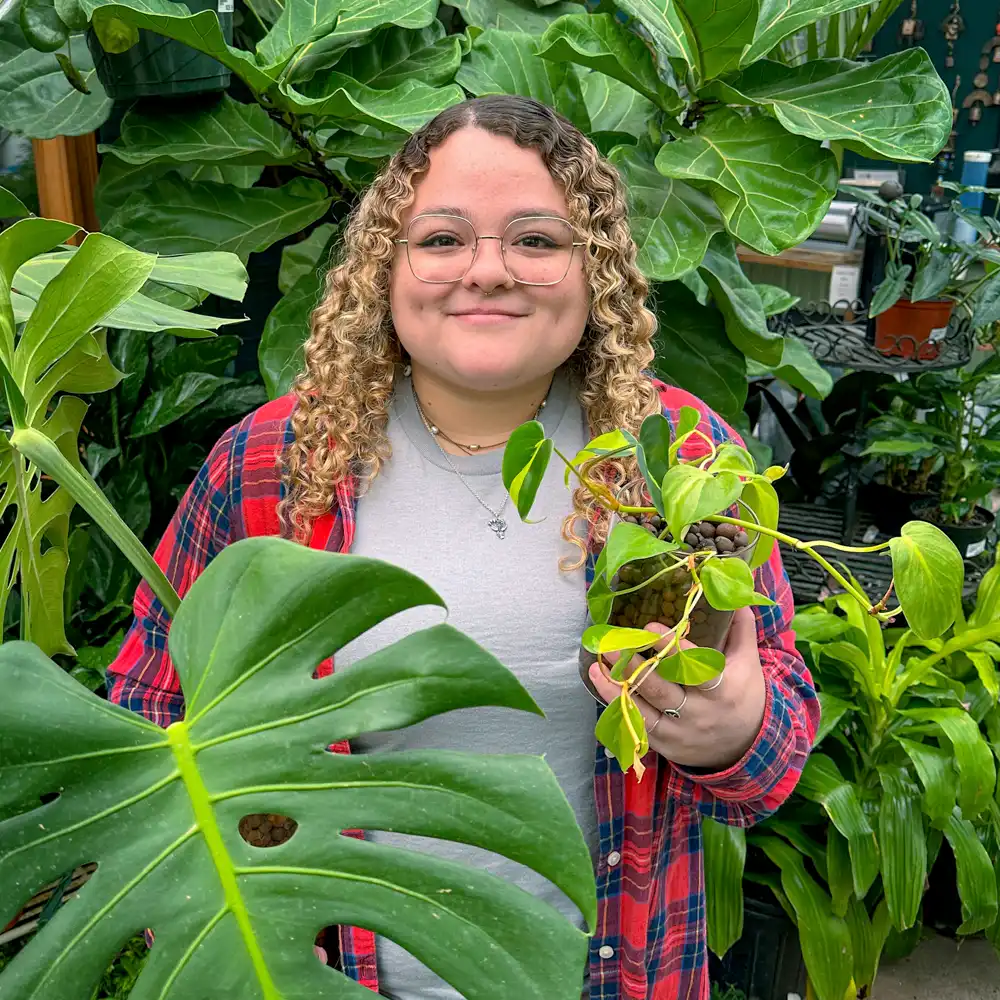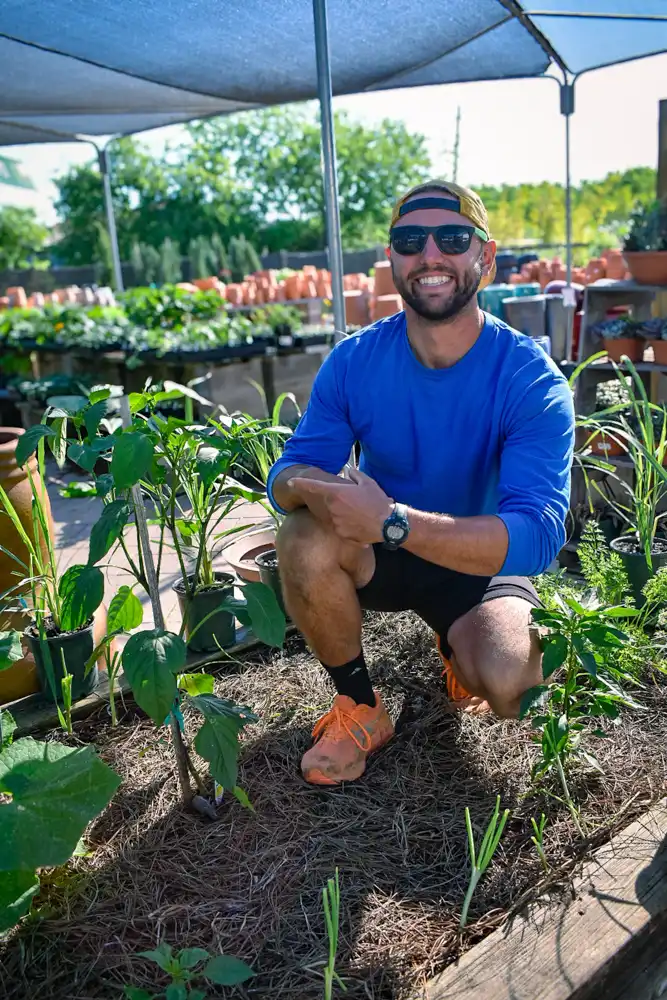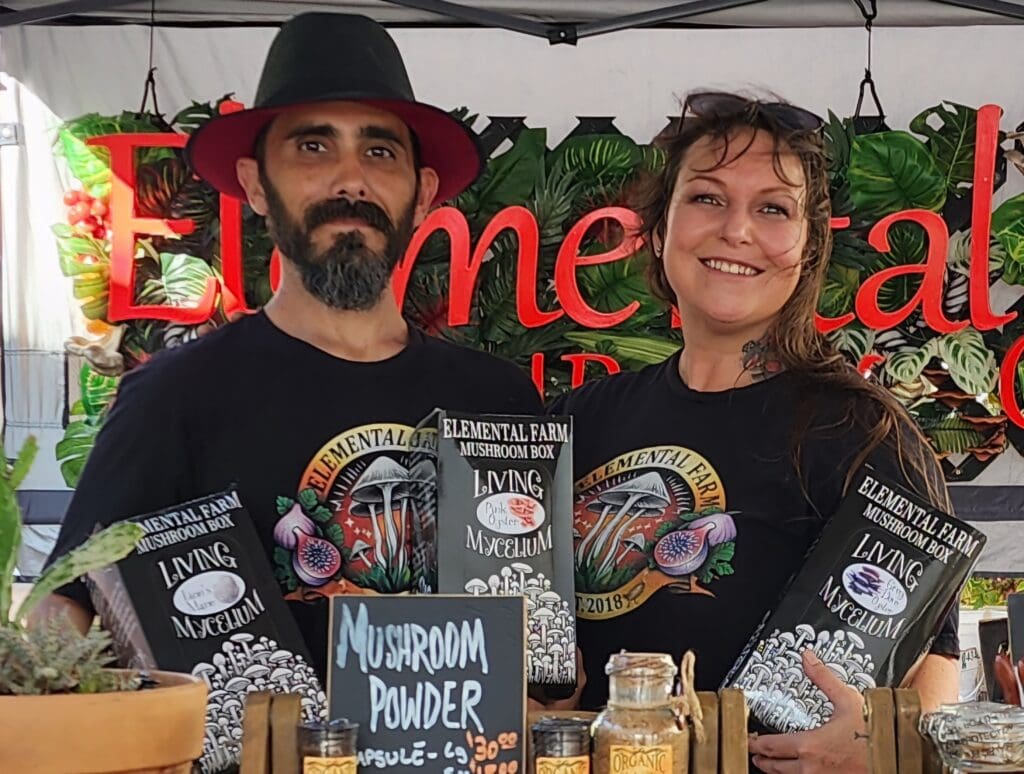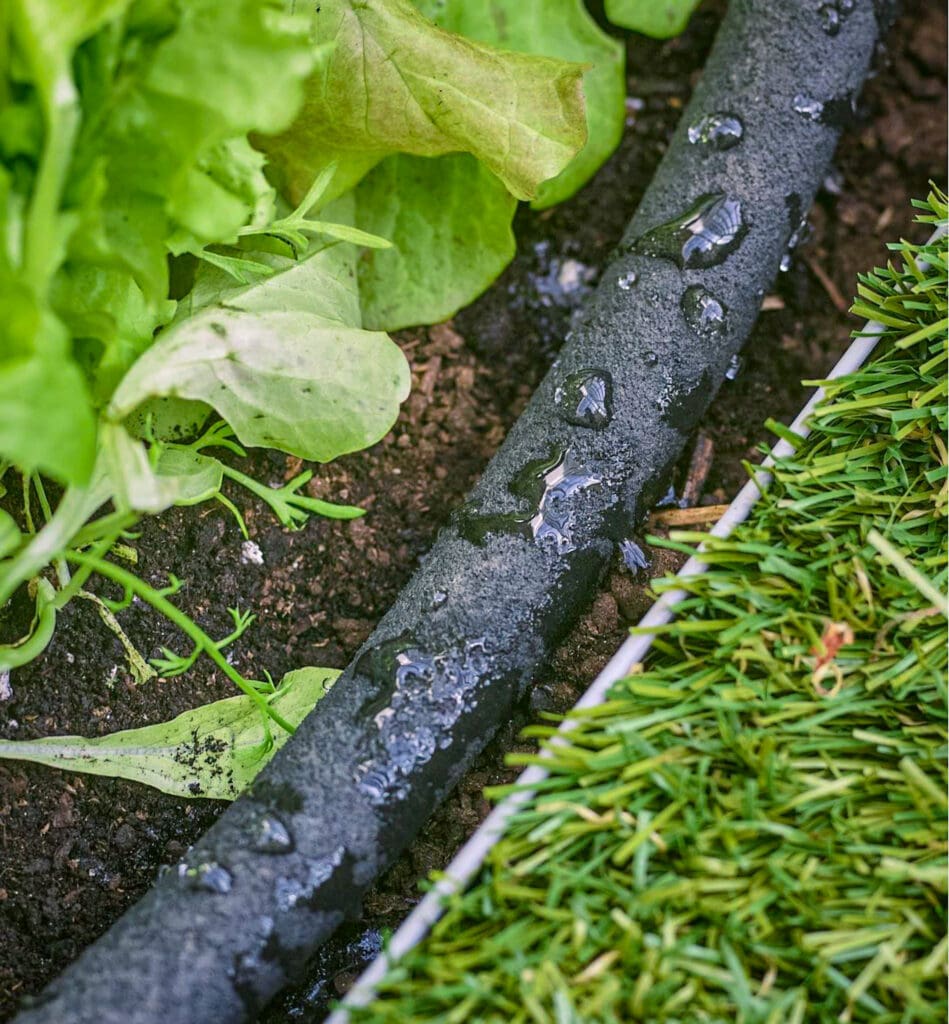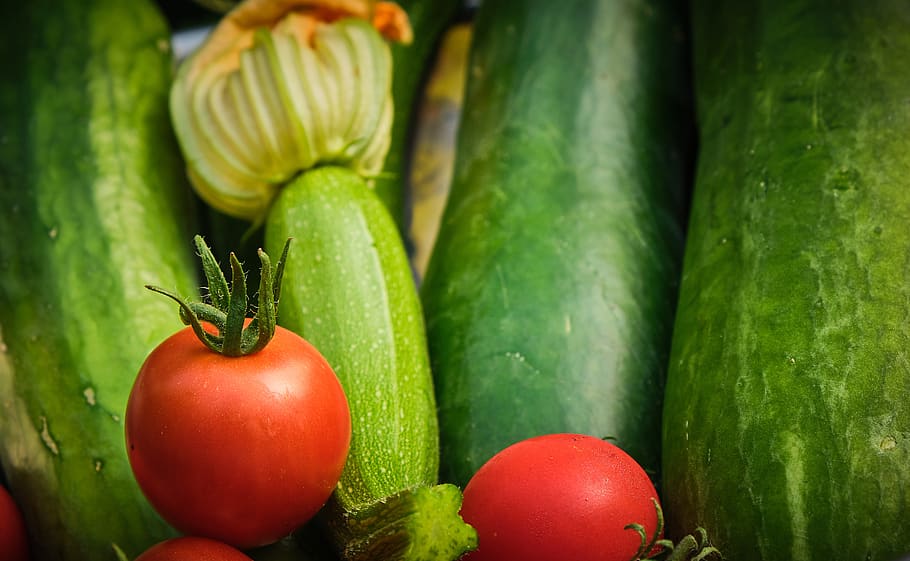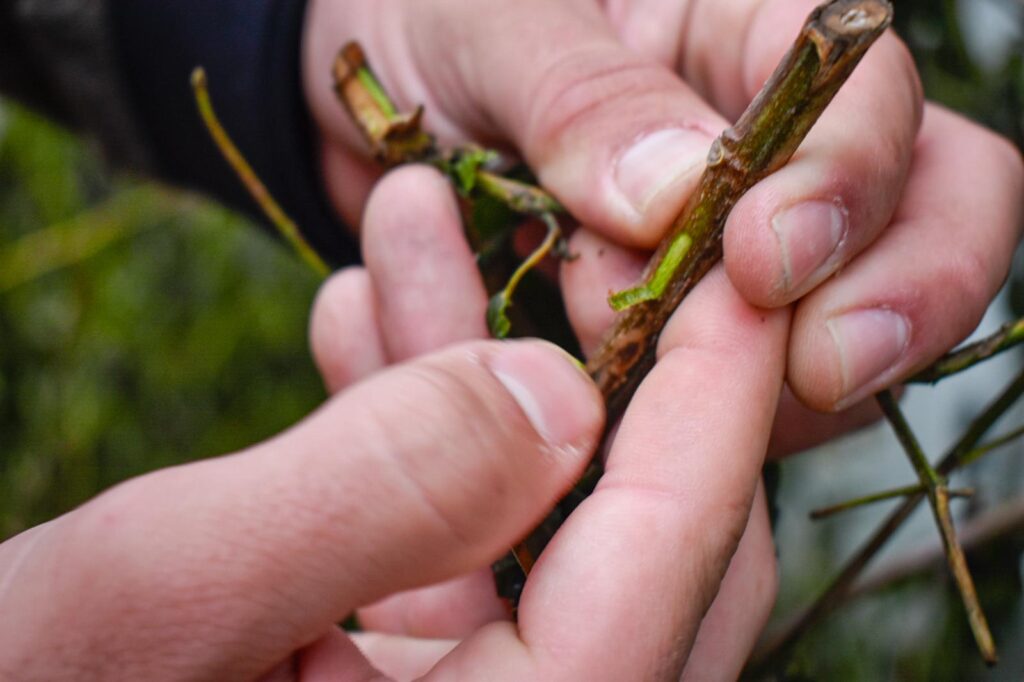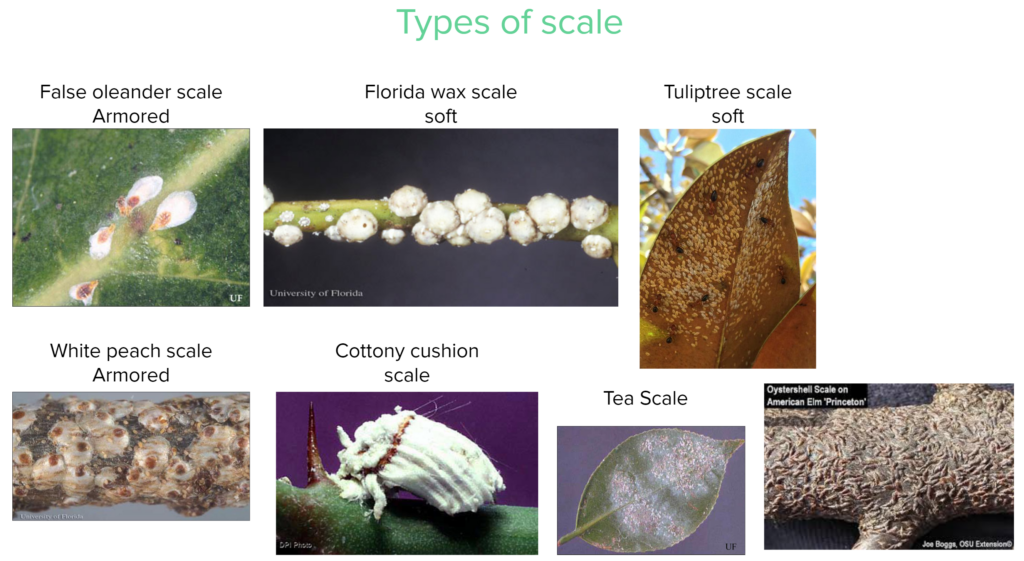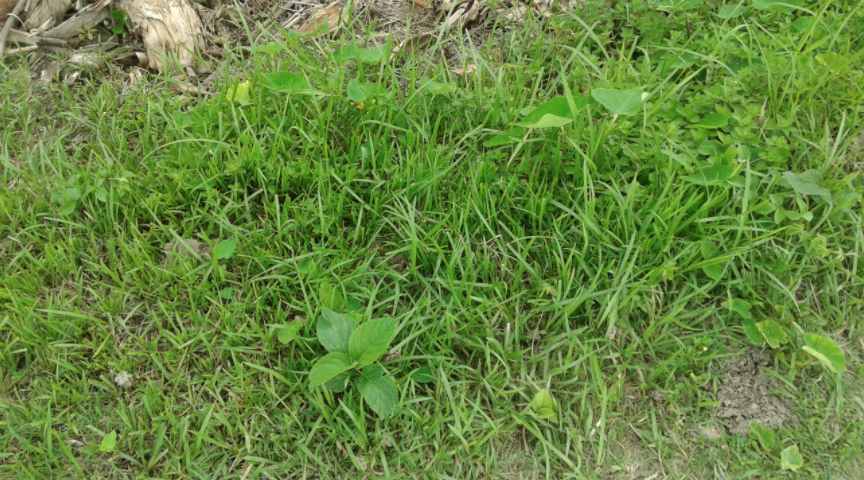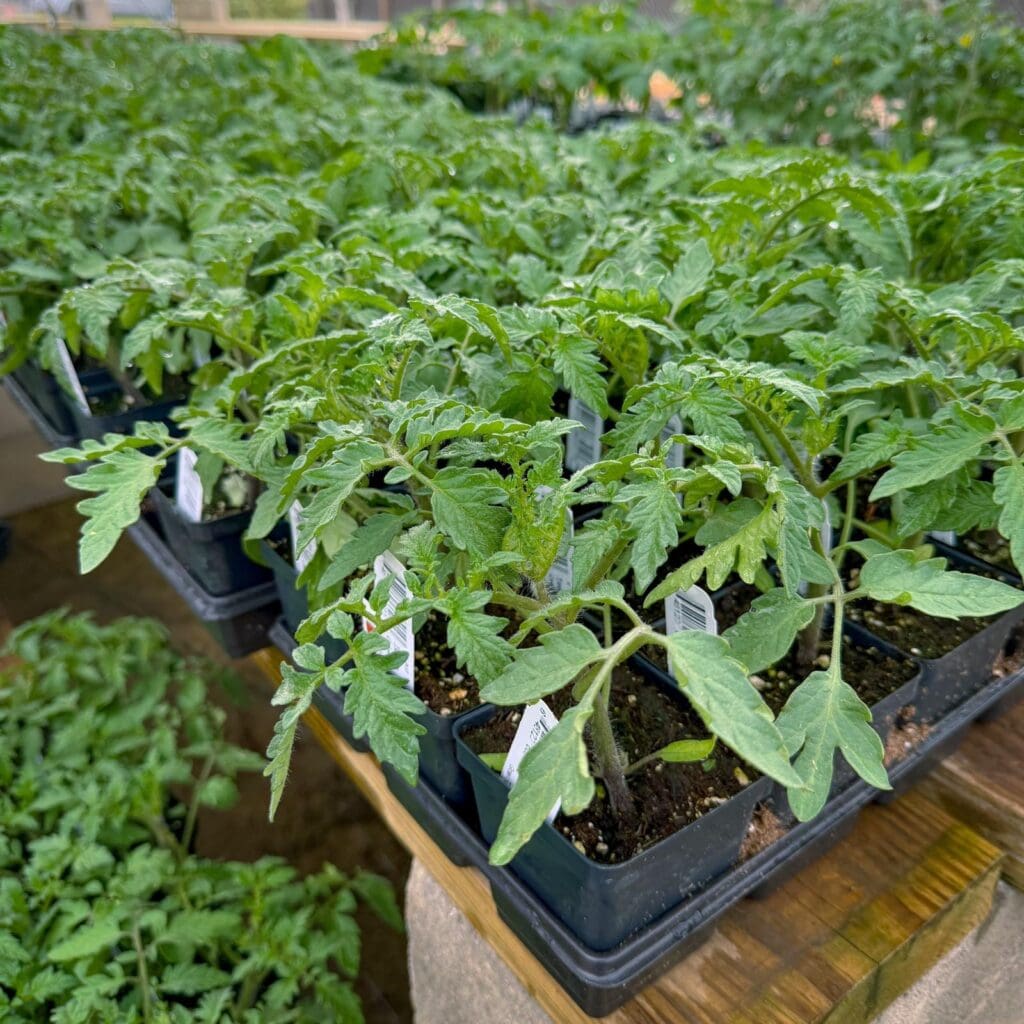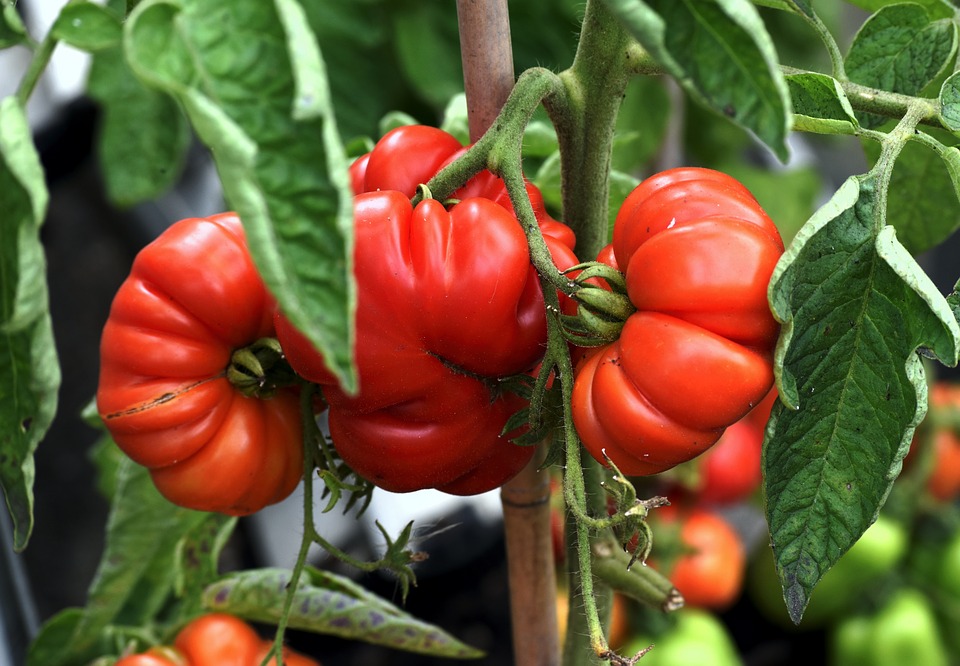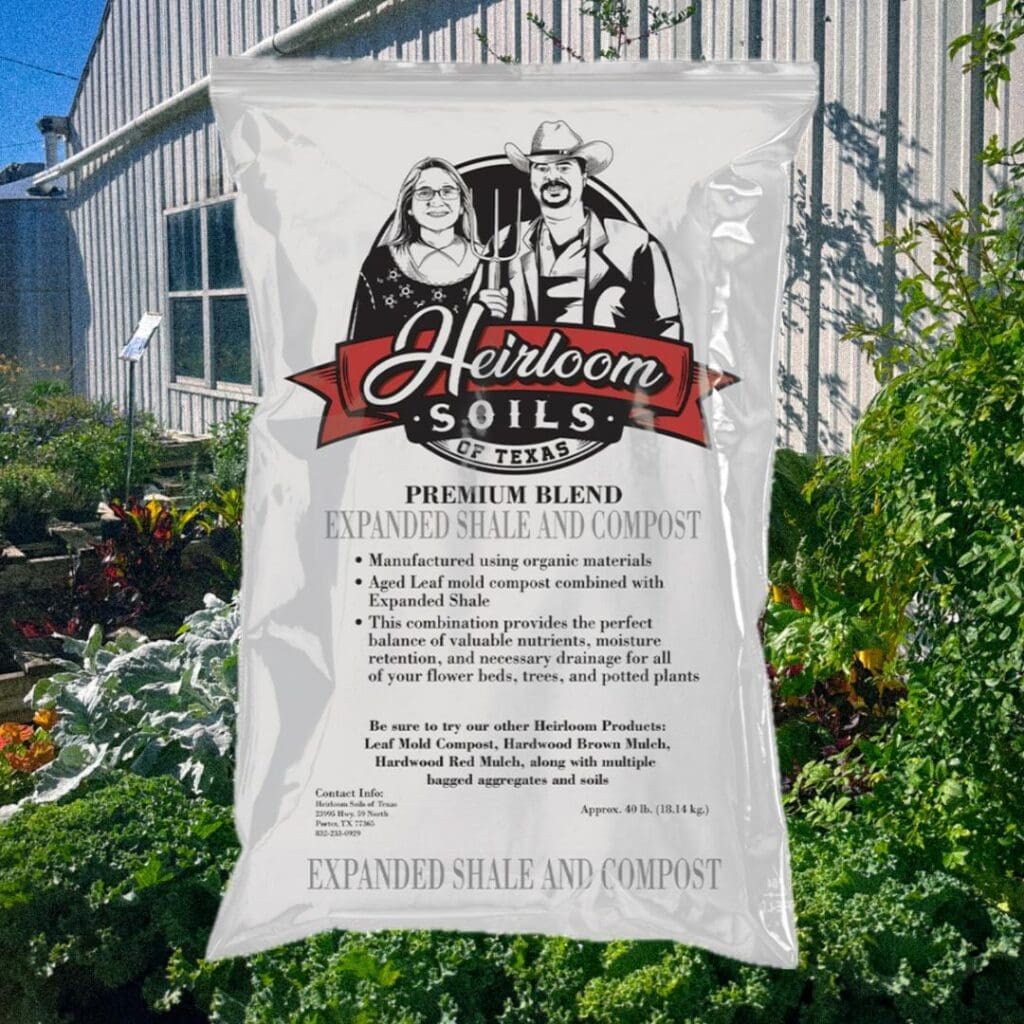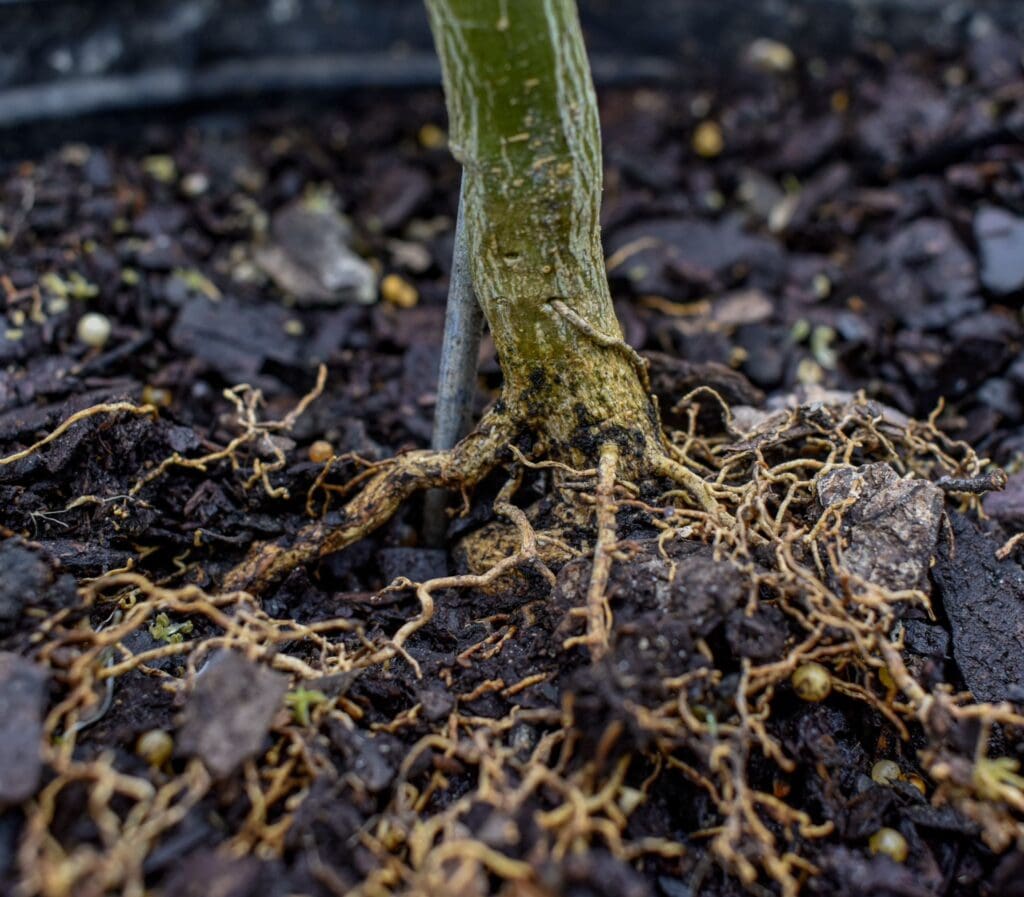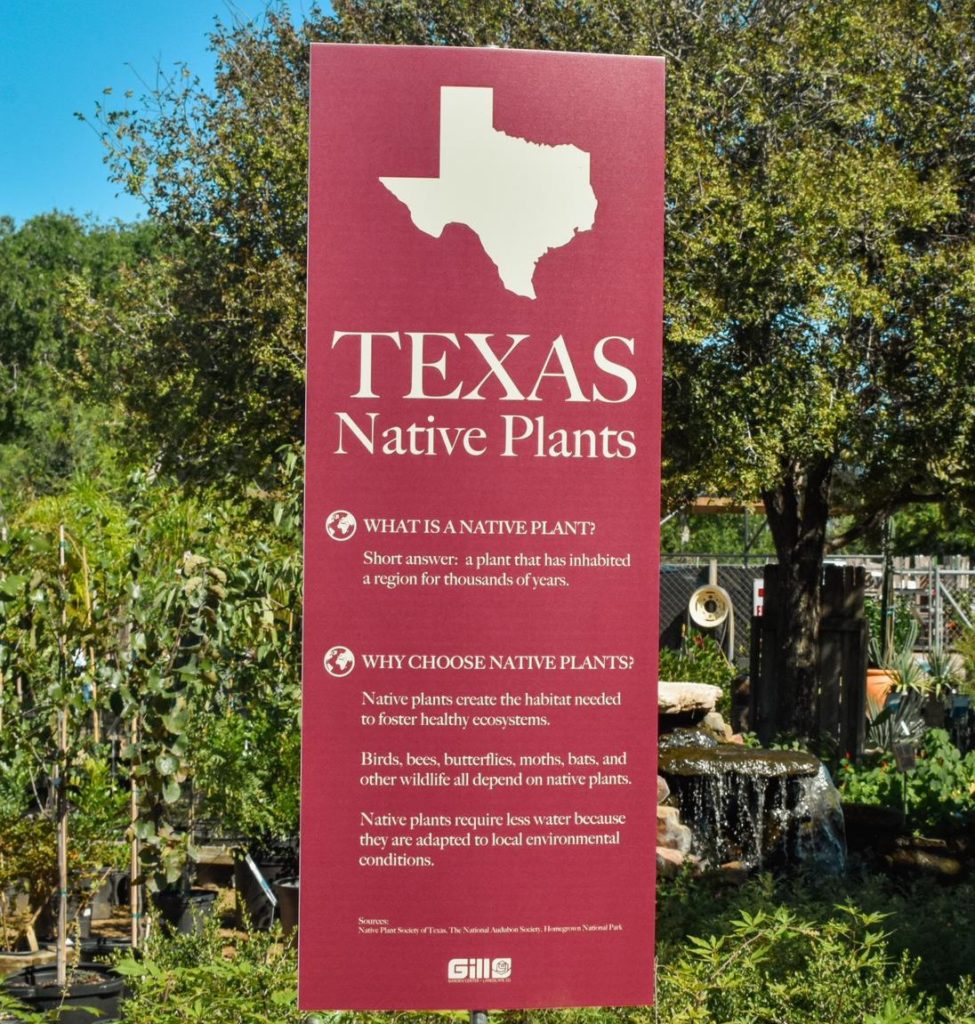As of right now, NOAA (our preferred source for weather forecasts) shows cold weather starting Saturday night (1/18) through Wednesday morning (1/22), with temperatures possibly dipping below freezing Monday and Tuesday nights. That means we’re busy preparing to protect plants here at Gill’s! We want you to be prepared too – here’s how.
1. Water all plants well. It sounds counterintuitive, but watering will help keep the ground temperature warmer by filling tiny air pockets in the soil. Keep current watering rules in mind and remember that you can water your foundation (and foundation plantings), vegetables, fruit trees, and other food-bearing plants by hand or with drip irrigation. Try to water other areas with rainwater or recycled gray water. The gentle rains this week have helped a lot! Do not water or worry about your lawn during a freeze. Lawns are dormant in the winter and will handle cold temps just fine.
2. Cover cold-sensitive tropical plants (like Dracaenas, Ti plants, Crown of Thorns, Schefflera, Ixora), tender perennials (like some Salvias, Cuphea, Esperanza), and tender new plantings, like new veggies. Cold-tolerant plants that were recently planted in the ground (like trees, Boxwoods, Hawthorns, etc.) do not need to be covered, just watered well before the freeze.
- Gather supplies now, and get started covering plants on Saturday. Based on the forecast right now, plants may need to stay covered through next Wednesday. As long as the weather stays cool and it doesn’t get warm and sunny, it’s fine to keep plants covered. If it does warm up during the day, pull back your coverings, then recover at night. And keep your eye on the weather – it could change!
- We have pre-cut frost blankets and frost protection cloth that can be cut to your desired shape. This material traps heat while being lightweight and breathable. You can also use quilts, bedsheets, towels, etc., but don’t use plastic – plants need to breathe.
- Make a tent to capture ground warmth. Wrapping the tops of plants like a lollipop will not be effective. Make your tent and use whatever you have to seal/weigh down the edges, like anchor pins, bricks, firewood, garden hoses, rocks, etc. Remember – the most important thing is to capture ground warmth – create the best seal that you can. The ground temperature will remain warmer than the air. Watch Wyatt’s demo video below!
- Consider cutting back cold-sensitive tall plants. If you have taller plants like Esperanza that would be difficult or impossible to cover, consider cutting it back to a few feet tall so you can cover it.
3. Bring in potted plants. Since potted plants don’t have the advantage of retaining ground warmth, they are more susceptible to cold temps. Bring them into the house or garage if you can. If they are too big or heavy, water them well, lay them over on the ground, and cover the whole plant (pot and all) with the tent method.
We can’t cover all of the information about freeze protection here, but you can give us a call or stop by if you have questions. Follow us on Facebook and Instagram where we’ll continue to post how-to’s and updates.
Click to Watch – How to Cover Plants for the Freeze!
View this post on Instagram


